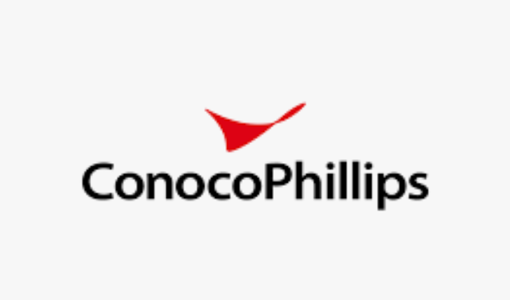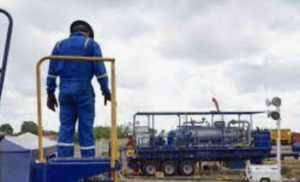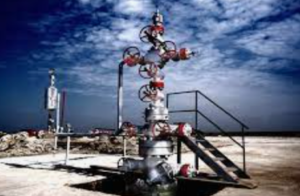In the ever-evolving oil and gas industry, companies constantly seek innovative ways to increase efficiency, reduce costs, and minimize environmental impact. One such advancement is slim hole drilling, a technique that has gained traction among industry leaders, including ConocoPhillips. By embracing this approach, ConocoPhillips has not only managed to optimize drilling operations but has also cut down on well costs by significant margins. Here’s a closer look at slim hole drilling and how ConocoPhillips is using it to stay competitive in a demanding market.

What is Slim Hole Drilling?
Slim hole drilling, as the name suggests, involves drilling wells with smaller-than-standard diameters. This approach focuses on using slim surface and intermediate casings while retaining standard production casing sizes. Generally, slim hole drilling is defined by well diameters that are smaller than 5.5 inches. The advantages of this method include reduced material requirements, lower equipment costs, and a smaller surface footprint, all of which contribute to cost savings and environmental benefits.
Slim hole drilling is particularly useful for exploratory wells or for fields where the aim is to obtain data with minimal impact or investment. With technological advancements in drilling and casing design, slim hole wells can now be drilled to considerable depths with structural integrity and effectiveness comparable to traditional wells.
ConocoPhillips’ Approach to Slim Hole Drilling
ConocoPhillips has implemented slim hole drilling as a strategic tool to reduce operational costs and enhance efficiency, particularly in its Lower 48 operations. Here’s how the company has leveraged this technique to achieve impressive results:
- Optimized Casing Sizes: ConocoPhillips uses smaller surface and intermediate casings while maintaining the standard 5.5-inch production casing. This allows for the use of less expensive materials and equipment without compromising the well’s productivity.
- Lower Drill Bit Costs: By using smaller diameter drill bits, ConocoPhillips can take advantage of reduced costs in drilling tools. Slim hole drilling uses less material overall, and the smaller equipment often requires less power, leading to additional savings.
- Faster Penetration Rates: With the reduced diameter, ConocoPhillips has noted a 30% improvement in penetration rates. This improvement means the company can reach target depths faster, reducing the amount of time required per well.
- Reduction in Drilling Days: ConocoPhillips has seen a substantial reduction in the time it takes to complete wells. In fact, after incorporating slim hole drilling into their heritage wells, ConocoPhillips cut spud-to-spud days in half, significantly speeding up the drilling process.
- Cost Savings Per Well: Through slim hole drilling, ConocoPhillips has managed to reduce drilling costs by over $500,000 per well. The combination of faster drilling rates, cheaper materials, and reduced labor requirements contributes to these savings.
- Exceeding Budget Expectations: Perhaps one of the most impressive aspects of ConocoPhillips’ slim hole drilling initiative is the financial outcome. The company has saved over $1 million per well compared to their authorized expenditure. These savings add up quickly, particularly in fields where many wells are drilled, enabling ConocoPhillips to reallocate funds to other operational improvements or new projects.
The Impact of Slim Hole Drilling on ConocoPhillips’ Operations
ConocoPhillips’ commitment to operational efficiency extends beyond just reducing costs. Slim hole drilling allows the company to minimize its environmental footprint, which is crucial in today’s energy landscape. By reducing the amount of material and equipment needed, slim hole drilling decreases the carbon footprint associated with drilling. Furthermore, with fewer rigs on-site and faster project completion, the environmental disruption caused by drilling operations is minimized, aligning with ConocoPhillips’ sustainability goals.
The implementation of slim hole drilling in ConocoPhillips’ heritage wells exemplifies how the company integrates innovative technologies with proven assets to enhance efficiency. By targeting existing wells and making them more cost-effective, ConocoPhillips has found a way to improve operational outcomes without extensive new capital investments.
Future Outlook
As ConocoPhillips continues to focus on maximizing efficiency and operational returns, slim hole drilling remains a key strategy. Given the success they’ve already achieved, it’s likely the company will continue to refine this approach, expanding it to more wells and possibly innovating even further with new casing and bit technologies.
The slim hole drilling technique demonstrates how industry leaders like ConocoPhillips are harnessing both traditional methods and innovative approaches to build a more cost-effective, sustainable future for oil and gas production.







